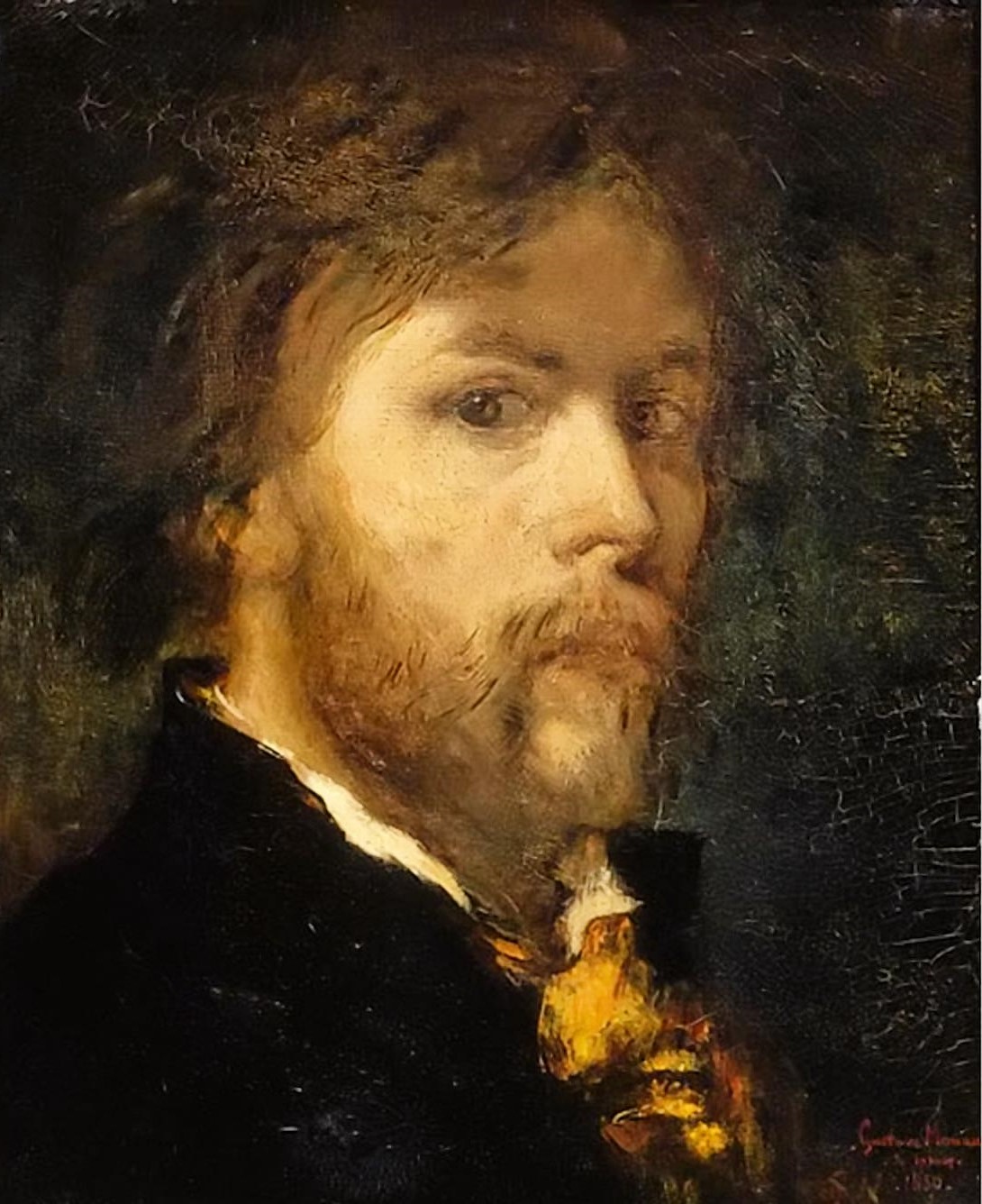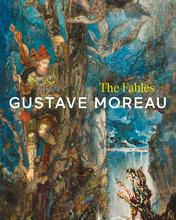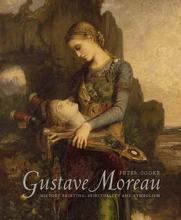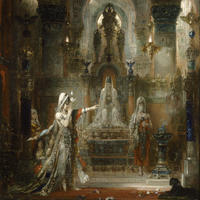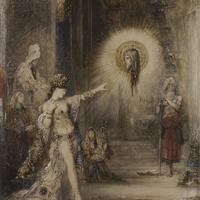More about Gustave Moreau
- All
- Info
- Shop
Works by Gustave Moreau

Contributor
Gustave Moreau belonged to an era and style of painting focused on those aspects of life that defy representation directly.
Moreau tended to focus his work on allegories, myths, metaphors, dreamworlds, fables, and fantasies, earning the ire of many critics who felt more comfortable with works, like those of Jacques-Louis David, which made unequivocal statements.
For at least three major reasons, critics, curators and historians, especially in the Anglophone world, have neglected Moreau:
-
Moreau's style and subject matter is not only characterized by dreams and metaphors, but draws upon cultural material unfamiliar to European critics.
-
Moreau's career spanned a fruitful but awkward transitional moment in the history of European painting, from the Napoleonic era of state salons to the gallery/critic model.
-
Breton, the gatekeeper of the Surrealist movement, both relied on Moreau for his early exploration of surreal images and narratives, and attacked and marginalized his name.
As one of the few European history painters to use material from outside Europe, such as the Levant, Africa, and East Asia, Moreau shifted the balance of power regarding the relevance of an image: he expanded the scope of history painting to include histories of which most Europeans were unaware. Rather than accept the classical notion of a real material history, Moreau relied on non-European images to stoke the fires of his imagination, many of which required bright, intense colors common in Japan, India and elsewhere, but incredibly rare in Europe. Many Europeans found such influences too sensual and unfamiliar to be aesthetically pleasing.
Choosing myth, rather than materialist reality, as his focus, Moreau allows the critic to associate him with spiritualism and esotericism. His use, in his most famous artwork, Oedipus and the Sphinx, of the character Oedipus from the play by Sophocles, made a space for Freud and psychoanalysis, which influenced Surrealism.
As a minor artist with a profound, mostly hidden, influence, Moreau provides a secret link between the Renaissance, Napoleonic art, and the 20th century exploration of the unconscious.
Sources
- Bénédite, Léonce. Histoire des beaux-arts, 1800-1900. Paris: Ernest Flammarion, 1909.
- Berger, John. About Looking. New York: Knopf Doubleday Publishing Group, 2011.
- Breton, André. “Carpocrate et Sade sont là dans l’angle.” Arts (Jun. 7, 1961): 18.
- Flam, Jack D. Matisse on Art. Berkeley: University of California Press, 1995.
- Lacambre, Geneviève. Gustave Moreau: Between Epic and Dream. Chicago: Art Institute of Chicago, 1999.
- Muther, Richard. The History of Modern Painting. London: J. M. Dent & Co.; New York: E. P. Dutton & Co., 1907.
Featured Content
Here is what Wikipedia says about Gustave Moreau
Gustave Moreau (
French: [ɡystav mɔʁo]; 6 April 1826 – 18 April 1898) was a French artist and an important figure in the Symbolist movement. Jean Cassou called him "the Symbolist painter par excellence". He was an influential forerunner of symbolism in the visual arts in the 1860s, and at the height of the symbolist movement in the 1890s, he was among the most significant painters. Art historian Robert Delevoy wrote that Moreau "brought symbolist polyvalence to its highest point in Jupiter and Semele." He was a prolific artist who produced over 15,000 paintings, watercolors, and drawings. Moreau painted allegories and traditional biblical and mythological subjects favored by the fine art academies. J. K. Huysmans wrote, "Gustave Moreau has given new freshness to dreary old subjects by a talent both subtle and ample: he has taken myths worn out by the repetitions of centuries and expressed them in a language that is persuasive and lofty, mysterious and new." The female characters from the Bible and mythology that he so frequently depicted came to be regarded by many as the archetypical symbolist woman. His art (and symbolism in general) fell from favor and received little attention in the early 20th century but, beginning in the 1960s and 70s, he has come to be considered among the most paramount of symbolist painters.
Gustave Moreau was born in Paris and showed an aptitude for drawing at an early age. He received a sound education at Collège Rollin (now Collège-lycée Jacques-Decour) and traditional academic training in painting at the Ecole des Beaux-Arts. In the early 1850s he developed a close friendship/mentorship with Théodore Chassériau and had some modest success exhibiting as the Paris Salon. Chassériau's premature death in 1856 deeply affected Moreau, and he left Paris to travel in Italy from 1857 to 1859, returning with hundreds of copies and studies he made of old master paintings there. In 1864 his painting Oedipus and the Sphinx received a great deal attention at the Paris Salon, winning a medal and establishing his reputation. He had continued success through the 1860s, gradually gaining a select group of enthusiastic and loyal admirers and collectors. Although his painting Prometheus received a medal at the Salon of 1869, criticisms in the press were severe and he did not submit paintings to the Salon again until 1876, permanently withdrawing after 1880.

Moreau was decorated Officier de la Légion d'Honneur in 1883. Somewhat misanthropic, he grew increasingly reclusive in later years, although he maintained a close circle of friends. He was often reluctant to sell his work, seldom exhibited, and turned down a number of prestigious offers, including an invitation to exhibit at the Salon Les XX in Brussels (1887), rejected the post of a professor when he was elected to the Ecole des Beaux-Arts (1888), and rejected offers to decorate buildings at the Sorbonne (1891). It was only after the death of his friend Élie Delaunay in 1891 that he agreed to take over Delaunay's studio at the Ecole des Beaux-Arts. Moreau excelled as a teacher, counting Henri Matisse, Georges Rouault, and other notable artists amongst his pupils. His parents bought a townhouse in 1852 at 14 Rue de La Rochefoucauld, converting the top floor into a studio for Moreau, where he lived and worked, a bachelor, for the rest of his life, his father dying in 1862, and his mother, Adèle-Pauline in 1884. Moreau died of cancer in 1898, bequeathing the townhome and studio with nearly 1200 paintings and watercolors, and over 10,000 drawings to the State to be converted into a museum. The Musée Gustave Moreau opened to the public in 1903 and is still open today. It is by far the largest and most significant collection of his work.
Check out the full Wikipedia article about Gustave Moreau

